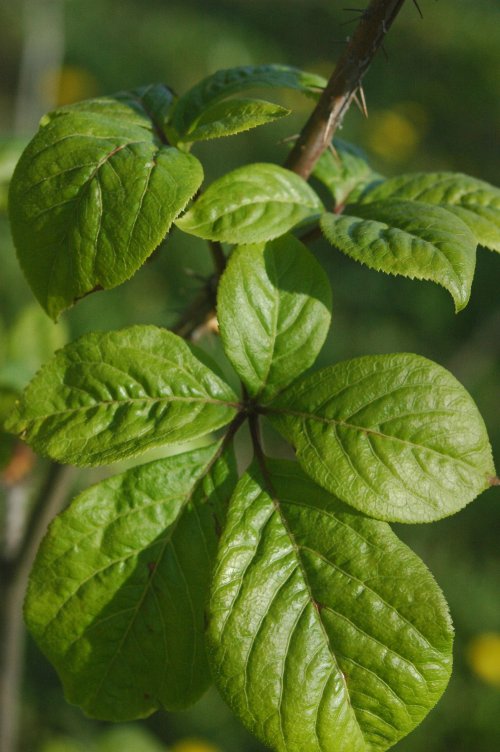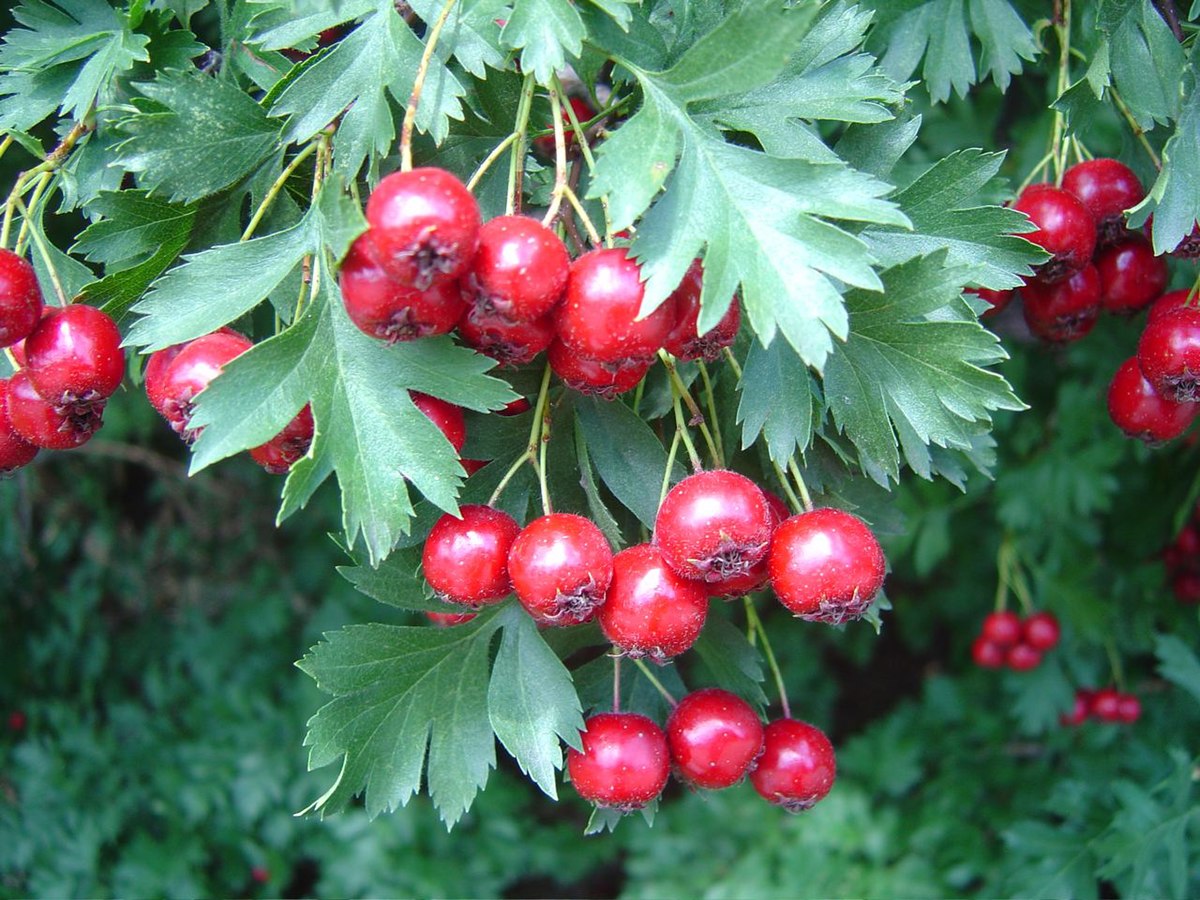5 Herbs to fight Stress and Anxiety

Herbs for stress and anxiety
5 Herbs to Fight Stress and Anxiety
All of us have been anxious at some point in our lives. It could be a daily chore, meeting a deadline in the office, or my daughter’s exam stress, the first warning signal my body gives me is that annoying pain in my neck threatening to move to a full-blown headache. I know then that I need to relax. Having been averse to popping pills all my life, there are a few natural remedies that have worked wonders for me. Whether it is an anxiety attack or causal nervousness, herbs have been known to have a calming effect—a list of five natural herbs that relieve stress and anxiety. 5 Herbs to fight Stress and Anxiety
5 Herbs to fight Stress and Anxiety: 1. Ashwagandha (Withania somnifera) or winter cherry, is an evergreen shrub that grows in India, the Middle East, and parts of Africa.
Although thought to be helpful as a medicinal herb and sold in many countries as a dietary supplement, there is insufficient scientific evidence that it is safe or effective for treating any disease.
Ayurveda ashwagandha is considered a Rasayana herb that works on a nonspecific basis to increase health and longevity. This herb is also considered an adaptogen, a nontoxic herb that works on a nonspecific basis to normalize physiological function, working on the HPA axis and the neuroendocrine system. The roots and berries of the plant are used in herbal medicine. In Ayurveda, fresh roots are sometimes boiled in milk before drying to leach out undesirable constituents. {ref} The berries are used as a substitute for rennet to coagulate milk in cheese making.
Ashwagandha in Sanskrit means “horse’s smell,” probably originating from the odor of its root, which resembles that of a sweaty horse. The species name somnifera means “sleep-bearing” in Latin, indicating it was considered a sedative, but it has also been used for sexual vitality and as an adaptogen. Some herbalists refer to ashwagandha as Indian ginseng since it is used in ayurvedic medicine in a way similar to ginseng in traditional Chinese medicine.
The ashwagandha plant is a small shrub with yellow flowers native to India and Southeast Asia. Extracts or powder from the plant’s root or leaves treats various conditions, including anxiety and fertility issues.

2. Eleutherococcus senticosus is a species of a minor, woody shrub native to Northeastern Asia. It may be colloquially called devil’s bush, Siberian ginseng, eleuthero, ciwujia, Devil’s shrub, Shizuoka, touch-me-not, wild pepper, or kan Jang. E. senticosus has a history of use in folklore and traditional Chinese medicine. Root extracts of E. senticosus are sold as a dietary supplement or cosmetic, usually under Siberian ginseng.

Roots of E. senticosus are cylindrical, up to 0.5 centimeters (0.20 in) in diameter, straight or branched, dark brown, and have a smooth surface with bark fixed closely to the xylem. The derived extract from the roots has been characterized by its major constituents, including lignans, sesamin (eleutheroside B4), syringaresinol, phenylpropanoids, coumarins, beta-sitosterol, and daucosterol.
Berries from E. senticosus contain diverse polyphenols, including caffeic acid, vanillic acid, ferulic acid, p-coumaric acid, and benzoic acid, with significant calcium content, magnesium, and potassium.
Traditional medicine
Extracts from the root of Eleutherococcus senticosus are promoted in alternative and traditional medicine for providing a range of health effects, but some claims are not supported by medical evidence. According to the WHO, only “as a prophylactic and restorative tonic for enhancement of mental and physical capacities in cases of weakness, exhaustion, and tiredness, and during convalescence” is backed up by clinical evidence. The plant has been assessed in preliminary research for its potential use as an antimicrobial or antistress agent, but these studies were of poor quality, and there is no scientific confirmation that such effects exist.
People with high blood pressure, sleep apnea, narcolepsy, heart disease, mental illness, a compromised immune system, women during pregnancy and lactation, and people taking digoxin or hexobarbital may have adverse reactions to E. senticosus. High doses may cause irritability, confusion, insomnia, or anxiety.
3. Traditional medicine Rhodiola
In Russia and Scandinavia, R. Rosea has been used for centuries to cope with the cold Siberian climate and stressful life. It also increases physical endurance and resistance to high-altitude sickness, but the evidence for such benefits is weak. The plant has been used in traditional Chinese medicine, where it is called hóng jǐng tiān.
A 2012 report by the European Medicines Agency on literature concerning the dried extract of R. Rosea stated that “The published clinical trials exhibit considerable deficiencies in their quality. Therefore ‘well-established use’ cannot be accepted” and added:
“The traditional use as an adaptogen ‘for temporary relief of symptoms of stress such as fatigue and sensation of weakness’ is appropriate for traditional herbal medicinal products. … The long-standing use, as well as the outcome of the clinical trials, support the plausibility of the use of the mentioned herbal preparation in the proposed indication.

4. Hawthorn (Crataegus species) has been used to treat heart disease since the 1st century. By the early 1800s, American doctors used it to treat circulatory disorders and respiratory illnesses.
Hawthorn is a common thorny shrub in the rose family that grows up to 5 feet tall on hillsides and in sunny wooded areas worldwide. Its flowers bloom in May. They grow in small white, red, or pink clusters. Small berries, called haws, sprout after the flowers. They are usually red when ripe, but they may also be black. Hawthorn leaves are shiny and grow in a variety of shapes and sizes. Traditionally, the berries were used to treat heart problems ranging from irregular heartbeat, high blood pressure, chest pain, hardening of the arteries, and heart failure. Today, the leaves and flowers are used medicinally. Even research suggests that hawthorn might be practical when used to treat mild-to-moderate heart failure.
Animal and laboratory studies report hawthorn contains antioxidants, including oligomeric procyanidins (OPCs, also found in grapes) and quercetin. Antioxidants are substances that destroy free radicals, which are compounds in the body that damage cell membranes, tamper with DNA, and even cause cell death. Free radicals occur naturally in the body and grow in number as we age. Environmental toxins (including ultraviolet light, radiation, smoking, some medicines, and air pollution) can also increase the number of these damaging particles. Scientists believe free radicals contribute to the aging process (such as wrinkling) and the development of several health problems, including cancer and heart disease. Antioxidants in hawthorn may help stop some of the damage from free radicals, especially when it comes to heart disease.
The study compared conventional methods of treating heart failure (with different medications) with hawthorn alone and the drugs. After two years, the clinical symptoms of heart failure (palpitations, breathing problems, and fatigue) decreased significantly in people taking the hawthorn supplement. People taking hawthorn also took less medication for their condition.

5. One all-natural way to work to relieve anxiety is by using herbs such as lavender, passionflower, and lemon balm. You can consume herbs by adding them to bitters, fun and easy drink that can be prepared from the comfort of your home.
Although there’s research surrounding the effectiveness of herbs and bitters for anxiety and stress, keep in mind that they don’t supplement prescription medication (like anti-anxiety or antidepressant medications) or seek help from a mental health professional.













Keep functioning ,impressive job!
Well I really liked reading it. This tip provided by you is very helpful for good planning.